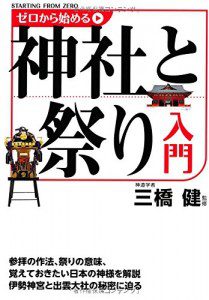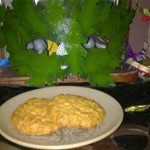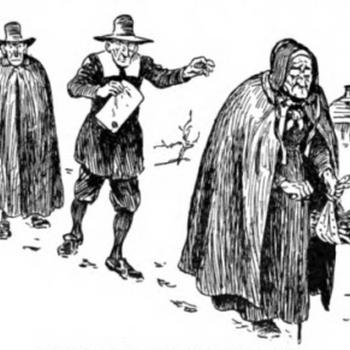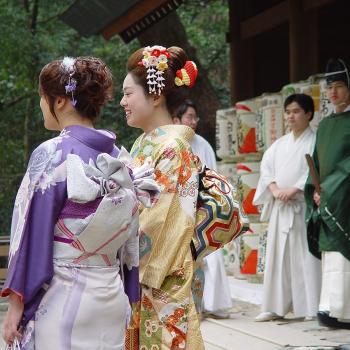Takeshi Mitsuhashi, Zero kara hajimeru jinja to matsuri nyumon
(ゼロから始める神社と祭り入門)
(Kadokawa, 2014)
Reading books on Shinto aimed at Japanese people rather than the international audience really does provide a different perspective, so I recommend all those who can read Japanese to do so. And this book, Zero kara hajimeru jinja to matsuri nyumon, is a pretty good place to start.
Although the title can be translated as “Starting from Zero: Introduction to Shinto Shrines and Festivals,” this book covers a great deal more than what the title suggests. Not only are shrines and festivals covered in depth, but there are also fairly detailed introductions to significant kami, information on the various kinds of Shinto priests, explanations of different Shinto rites and so on.
What makes Jinja to matsuri nyumon of particular interest to Shintoists is that it provides simple, practical knowledge on the assumption that the reader is looking to put what they’ve read into action. So unlike books on Shinto written for non-Japanese, which tend to examine Shinto objectively from an anthropological or historical perspective, Jinja to matsuri nyumon provides the minutiae needed to practice Shinto at a basic day-to-day level, including instructions on Shinto etiquette, step-by-step guides on particular rituals, and even sample norito prayers. I was also pleasantly surprised by the uniqueness of some of the topics, many of which I have not yet seen in other books on Shinto, such as the large number of rituals surrounding pregnancy and birth, instructions on the correct way to read omikuji fortunes, the typical daily routines of Shinto priests, and lots of explanations about the deeper symbolism of various Shinto artefacts and symbols.
Naturally, the biggest problem non-Japanese readers encounter when reading Japanese books on Shinto is the language barrier. Jinja to matsuri nyumon has a lot of specialist vocabulary that on its own would be challenging even for advanced readers, but fortunately most of these have furigana readings and simple explanations given, so readers with Japanese ability of approx. N2 and above of the Japanese Language Proficiency Test should manage. What is excellent about Jinja to matsuri nyumon for non-native readers of Japanese is its incredibly easy-to-read format. Each topic is given a maximum of two pages, and much of the page consists of illustrations or diagrams, which is a godsend for non-native readers who find large blocks of Japanese text intimidating and exhausting. Readers whose Japanese is below N2 are likely to struggle, but taken slowly with a dictionary at hand while referring to the images and those with intermediate Japanese may still find they can learn a few new things from this book.
I am really glad I took the extra effort to read Jinja to matsuri nyumon despite it not being in my first language. For although lots of the information can be found elsewhere (either in other books or online) in English, this is the first book I’ve read where it truly seems systemised and collected together. And what’s more, there are a lot of gems of information in here that I’d never seen elsewhere. Advanced level learners of Japanese interested in Japanese would do very well to check it out!

















